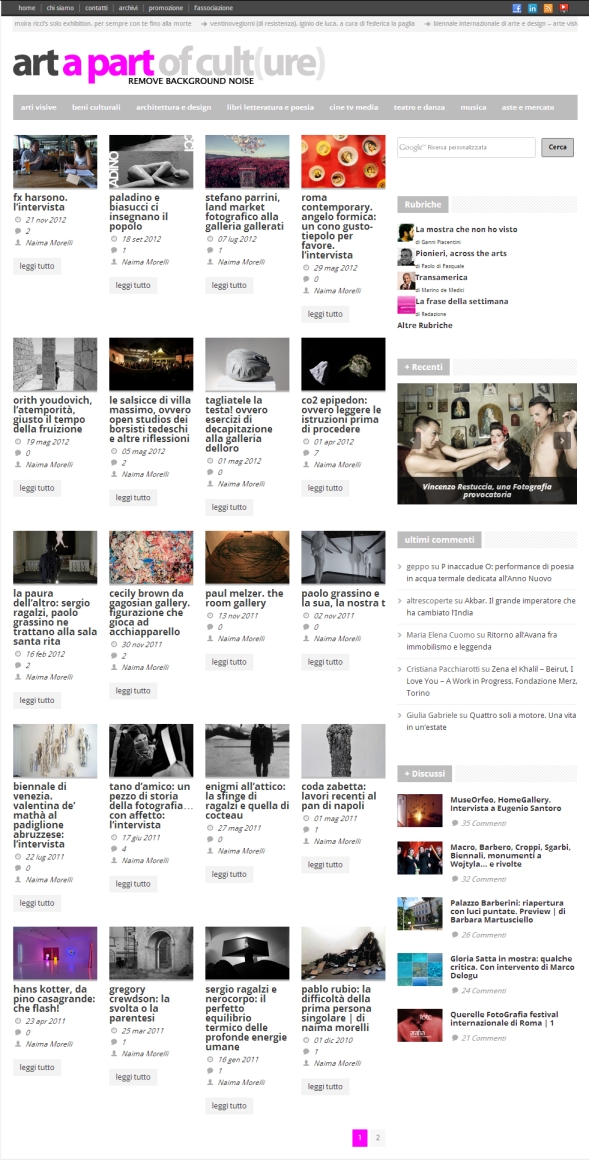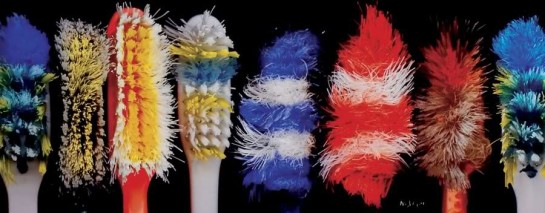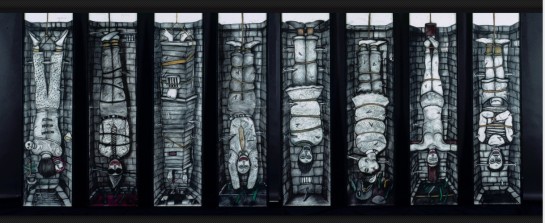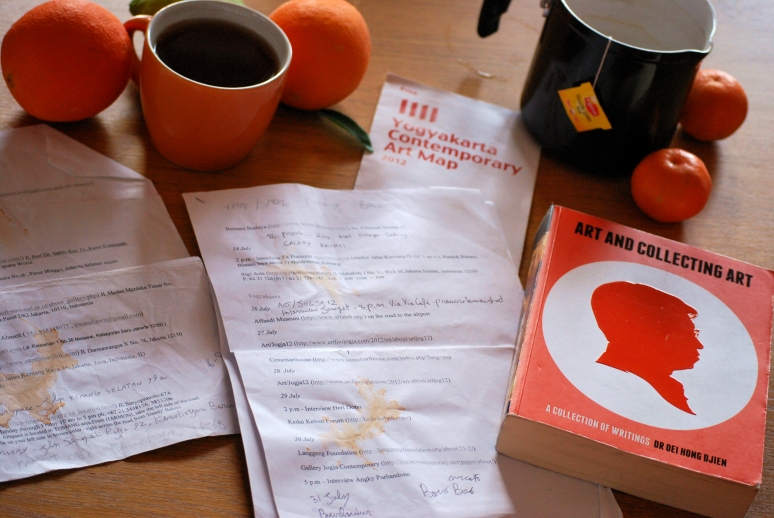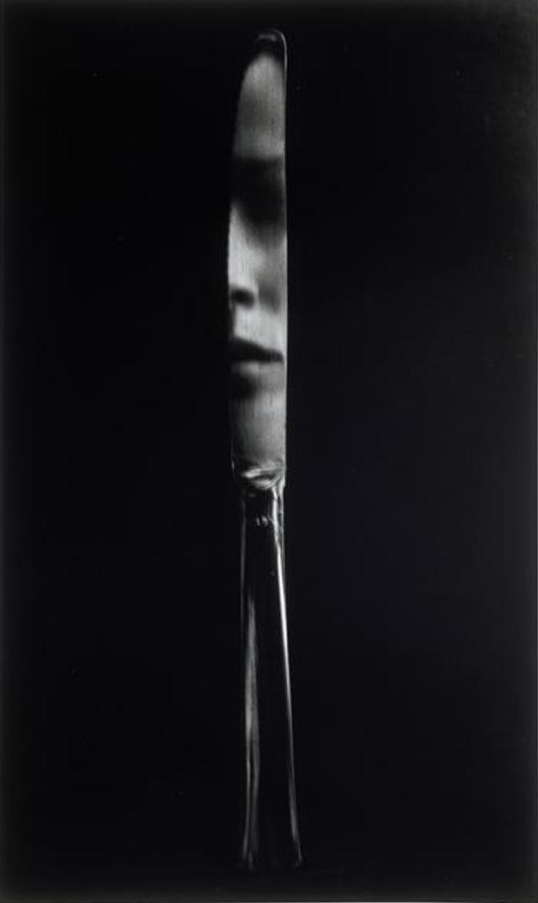
“Ogni foto è un’esperienza.” conclude con accento francese, capello bizzarro, faccia gentile Alain Fleischer.
Prima di questa conclusione c’è ovviamente tutto il lavoro in mostra da Limen OttoNoveCinque, fotografie ad un primo sguardo cariche di mistero e quasi indecifrabili.
Il ciclo fotografico principale “Happy Days”, consiste in grandi stampe dove provare a descrivere il soggetto è già avventurarsi in un sogno surrealista: una cornice per terra, una proiezione di protagoniste femminili da quadri dell’antichità, un giocattolo a motore raddoppiato che sembra agitare la scena.
Gli effetti di sovrapposizione e illusione farebbero pensare ad un banale utilizzo di Photoshop: niente di più sbagliato. A differenza di quanto si possa credere, è solo questione di una grandissima abilità tecnica. Non di meno il processo con cui sono stati presi questi scatti è parte del simbolismo delle opere.
Spiega l’artista che si tratta della creazione di un collegamento del mondo adulto con quello infantile: “Gli adulti attaccano i quadri sempre alle pareti, i bambini giocano per terra. Ecco che proiettando un’immagine dall’alto, emerge questa impalpabile relazione.”
E si ci potrebbe inoltrare ancora più addentro a queste Correspondaces, in un gioco di rimandi infiniti.
« E’ la dimostrazione del potere della fotografia di catturare l’impalpabile ; io non ho mai visto queste immagini, esse esistono solo in quanto sono state fotografate. Questo giocattolo lo vediamo multiplo solo per via dei tempi di esposizione, così come questa proiezione che sembra scivolare fuori dal suo frame. »
Si avverte molta nostalgia in questi scatti, una suggestione malinconica come se l’artista volesse ricomporre il passato attraverso frammenti di luce.
Carpisco brani di discorso di un fruitore dalla fluente chioma rossa vicino a me : « … un ES invisibile che genera un superio etereo…»
« Prego? »
